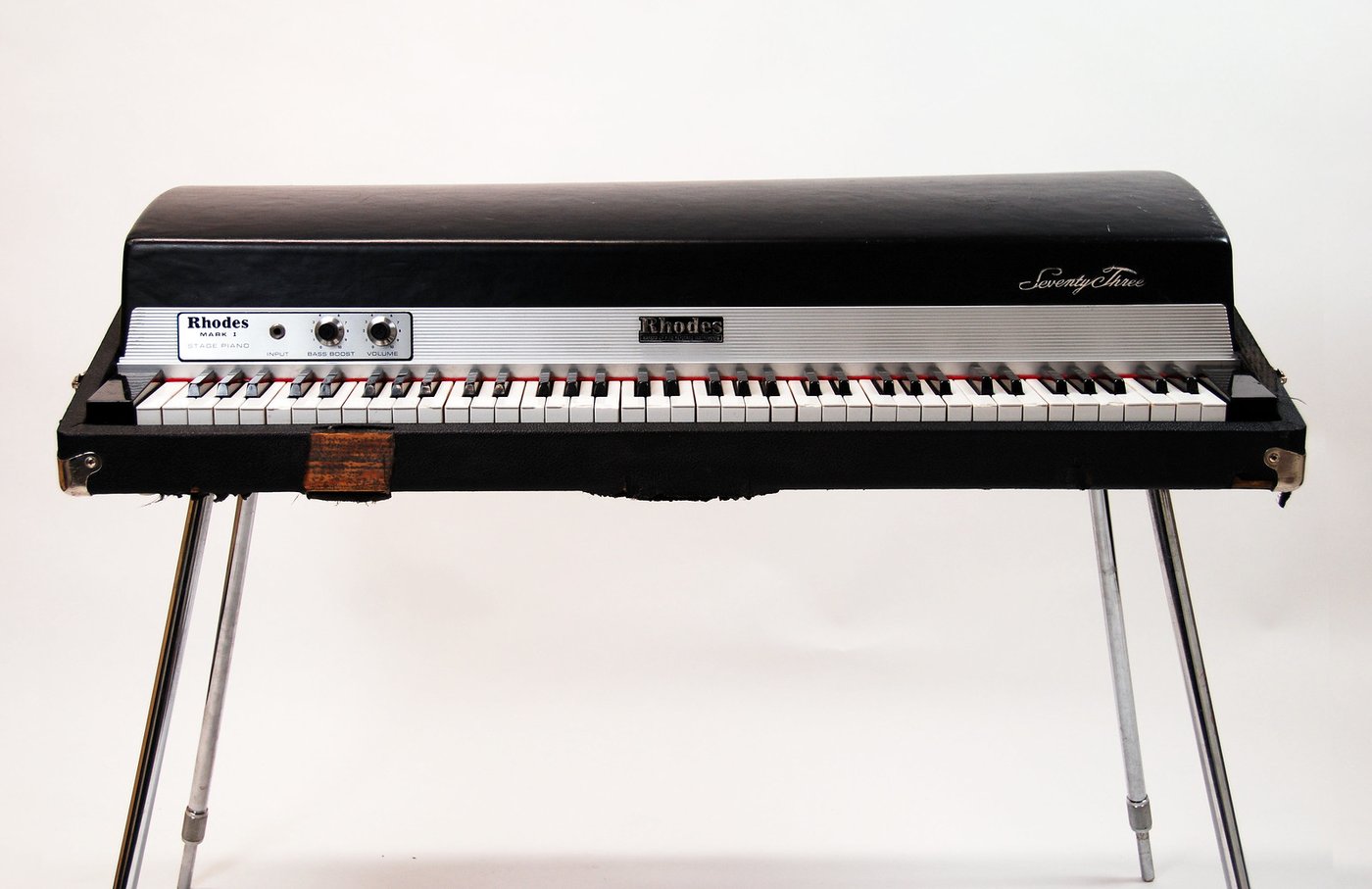
March 29, 2022 is Piano Day! Started by experimental pianist Nils Frahm, Piano Day happens on the 88th day of the year to honor the piano’s 88 keys. This year, we’ll take this opportunity to explore the history of the piano. From the medieval dulcimer to the Fender Rhodes, the piano has come a long way. And it didn’t always have 88 keys.
Table of Contents:
Get exclusive interviews, fascinating articles, and inspiring lessons delivered straight to your inbox.
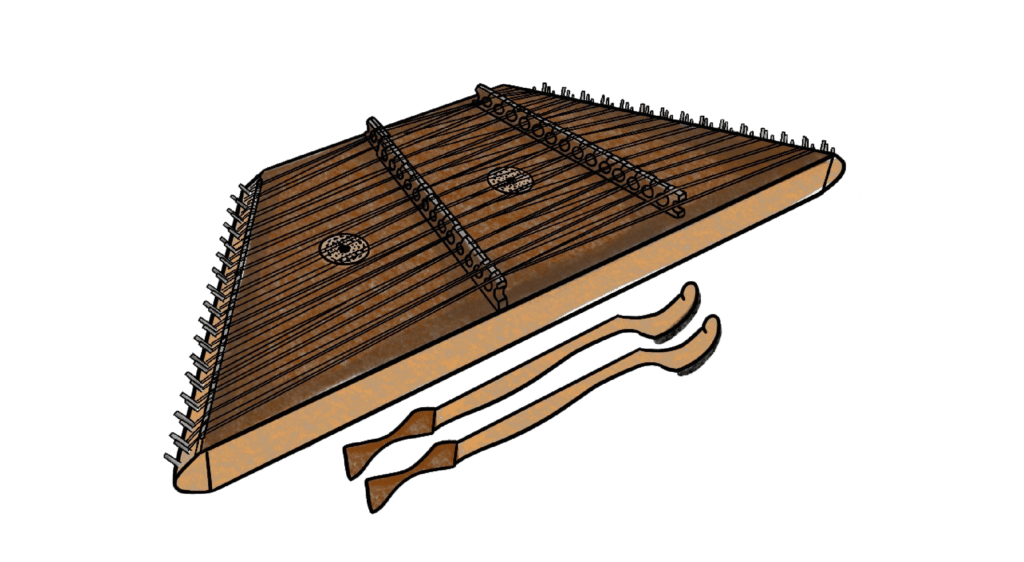
Present since antiquity, the dulcimer is one of the earliest ancestors of the piano. It’s a box-shaped instrument with strings that are played with hammers. Which is the same mechanism as a piano, only lower-tech.
However, the dulcimer’s notes are arranged very differently from a piano’s. While pianos have all twelve tones of an octave in a row, dulcimers have sections of strings that correspond to different keys. But, unlike on clavichords and harpsichords, dulcimer players can play nuanced dynamics using hammering techniques.
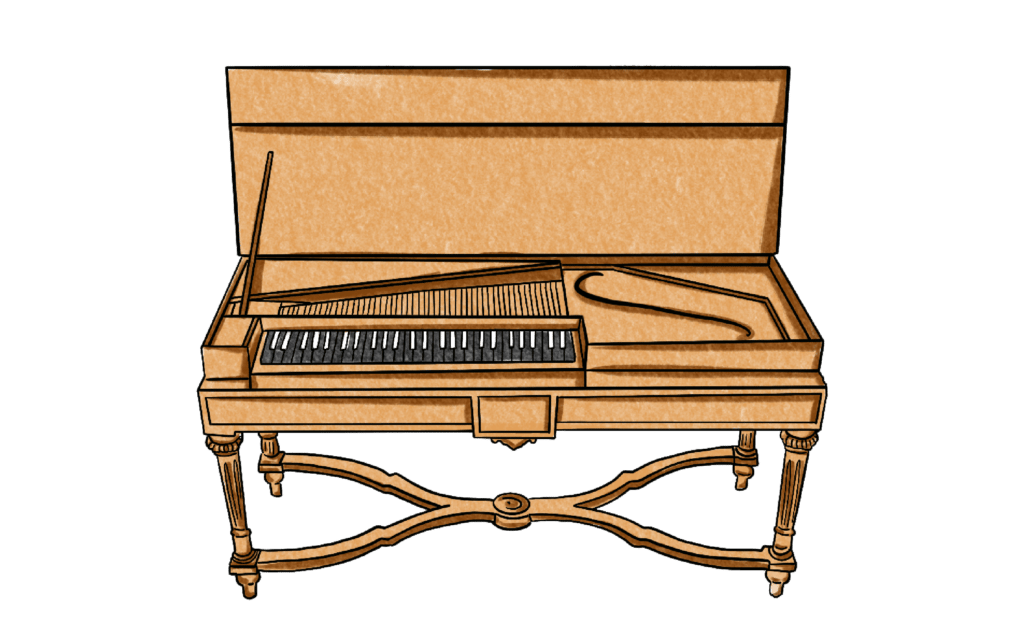
The clavichord is a small, boxy keyboard instrument. It’s rather quiet and doesn’t have a lot of keys. Yet it provided entertainment to households from the 1400s all the way to the 1800s.
One disadvantage of fretted clavichords is that sometimes, several keys share the same string, so you can’t play certain notes together. But the advantage of this is that there are fewer strings to tune.
Unlike harpsichords and virginals, clavichord strings are struck by a brass tangent, not plucked. So, like a piano, they can play some dynamics. The clavichord can also emit a mild vibrato effect called bebung.
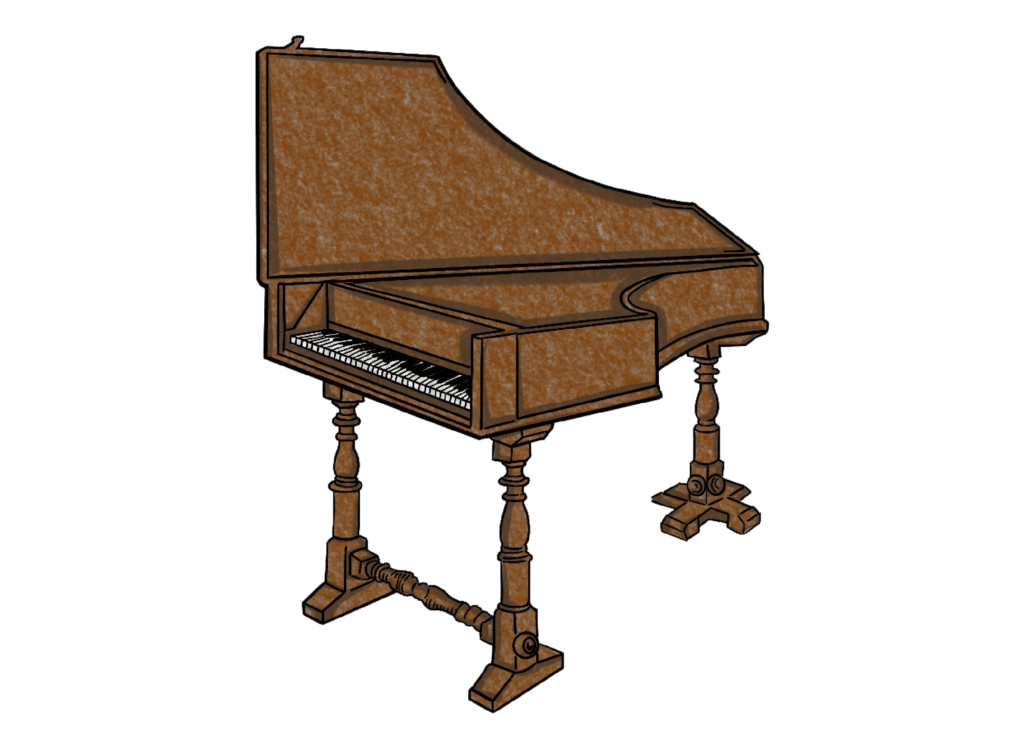
Harpsichords are more familiar to many of us because they look very similar to pianos. Many have a grand piano shape, and you’ve probably heard this instrument in recordings of Bach and Vivaldi if you enjoy Baroque music.
The biggest difference between the harpsichord and the piano is that the strings of the harpsichord are plucked, not hammered. Each hammer has a plectrum attached, which is like a guitar pick. Some harpsichords have two keyboards; one keyboard will have a slightly fuller sound and the other will be softer.
Different nations designed their harpsichords in different ways. For example, Italian harpsichords are more percussive and German harpsichords have a more lyrical sound.
Harpsichords were the instrument of choice for playing continuo (accompaniment) in Baroque chamber music.
The fortepiano is the direct ancestor of the modern piano. Invented by Bartolomeo Cristofori circa 1700, it was revolutionary in its ability to play loud and soft tones based on the pianist’s touch. “Fortepiano” literally translates to “loud-soft.”
Instead of pedals, fortepianos typically have levers under the keyboard that the player manipulates with their knee. The levers work like the una corda and sustain pedals; there was also a lever that adds a more percussive, buzzy sound.
One of Cristofori’s most important innovations was escapement. Escapement allows a hammer to return to its place of rest after it strikes a string. Fortepianos are quieter than modern ones, but they were powerful enough to perform piano concertos when they were popular.
Composers in the classical era, such as Mozart and Beethoven, would have used a piano like this.
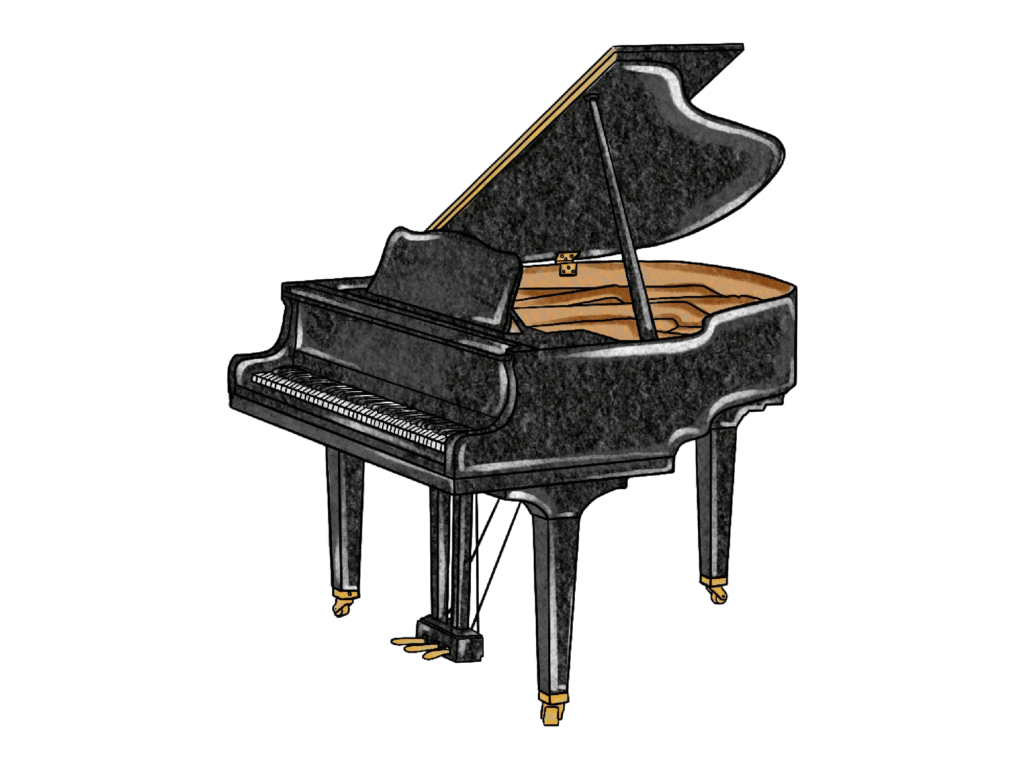
While Mozart’s fortepiano had 58 keys, the modern piano has 88. Compared to fortepianos, modern pianos have more string tension, so they tend to use cast-iron frames. Modern pianos also use felt-tipped hammers instead of leather-tipped ones.
Grand pianos are often seen as superior because hammers fall back from strings due to gravity. Meanwhile, in upright pianos, a spring mechanism is required to move the hammer back to its place of rest. This difference allows pianists to play faster trills and repeated notes on a grand piano.
But grand pianos aren’t always superior. Some baby grand pianos have smaller soundboards than large uprights. So, sometimes, high-quality uprights have better sound quality than some grands.
Why does the world need a Piano Day? For many reasons. But mostly, because it doesn’t hurt to celebrate the piano and everything around it: performers, composers, piano builders, tuners, movers and most important, the listener.
Niels Frahm

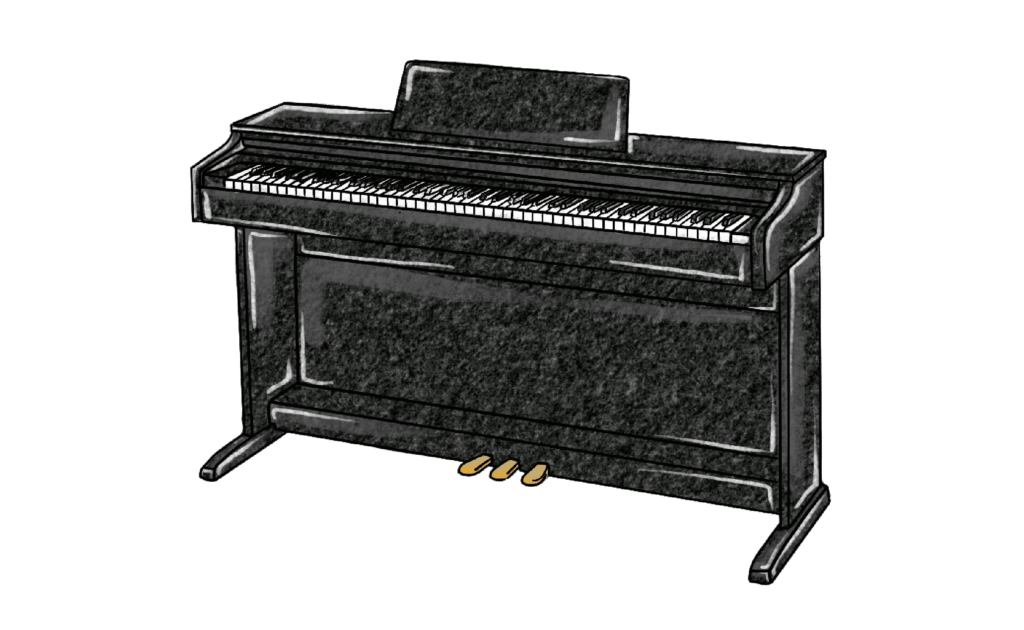
Not too long ago, learning on a digital piano was frowned upon. But digital piano technology has improved significantly within the last 20 years.
Today, you can find digital pianos that behave very similarly to acoustic ones. And they’re often at a fraction of the price and come with tech benefits like headphone jacks, MIDI compatibility, and multiple sound effects.
The sound of digital pianos comes from either sampling or modeling. Sampling is when technicians record the sound of acoustic pianos at different volumes and touch velocity layers. This enables touch-sensitive keys to play with nuance. Meanwhile, modeling is when sounds are built from scratch. Most digital pianos use a combination of sampling and modeling, but some higher-end levels only use modeling.
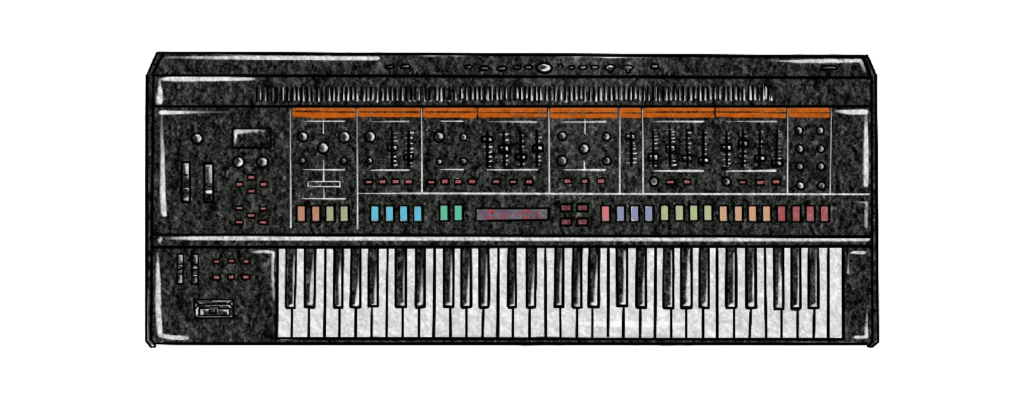
Synthesizers look like high tech digital pianos, but they can be regarded as totally different instruments.
Synthesis is the creation of sound through manipulating its fundamental aspects, such as amplitude, frequency, and wavelength. Synthesis technology has made it possible to create nearly any sound imaginable.
While synthesizer precursors like the Teleharmonium existed at the turn of the 20th century, the first true synthesizer is likely the Minimoog. Developed by Robert Moog in the 1970s, this instrument became iconic. You can hear it in the work of mainstream artists like Rush, Michael Jackson, Herbie Hancock, Bob Marley, and more.
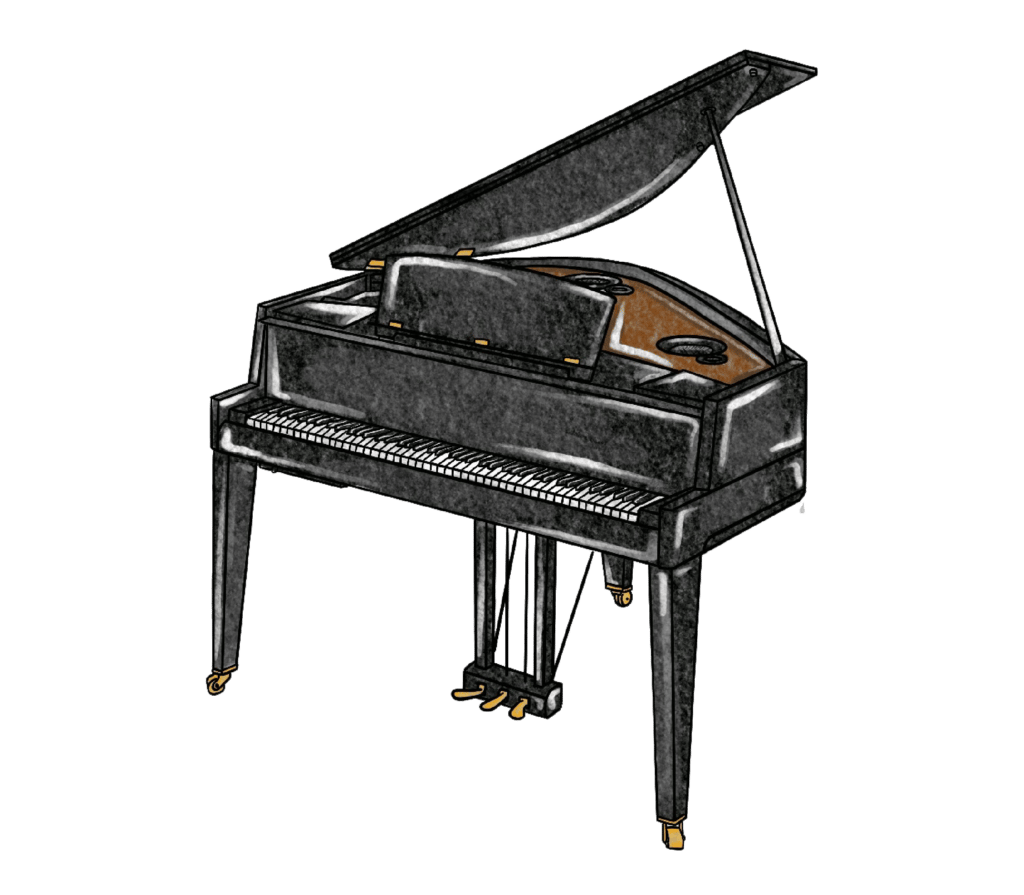
Hybrid pianos are the best of the acoustic and digital worlds. They have an acoustic action mechanism but generate sound digitally. So, hybrid pianos often combine the touch authenticity of an acoustic piano and the modern conveniences of a digital instrument (headphone jack, multiple effects, recording ability, etc.).
Hybrid pianos usually aren’t small, but they don’t take up as much space as a concert grand either, so they are perfect for advanced, demanding musicians who live in small spaces. These pianos are incredible feats of engineering, but they tend to be very expensive and there aren’t that many models on the market.
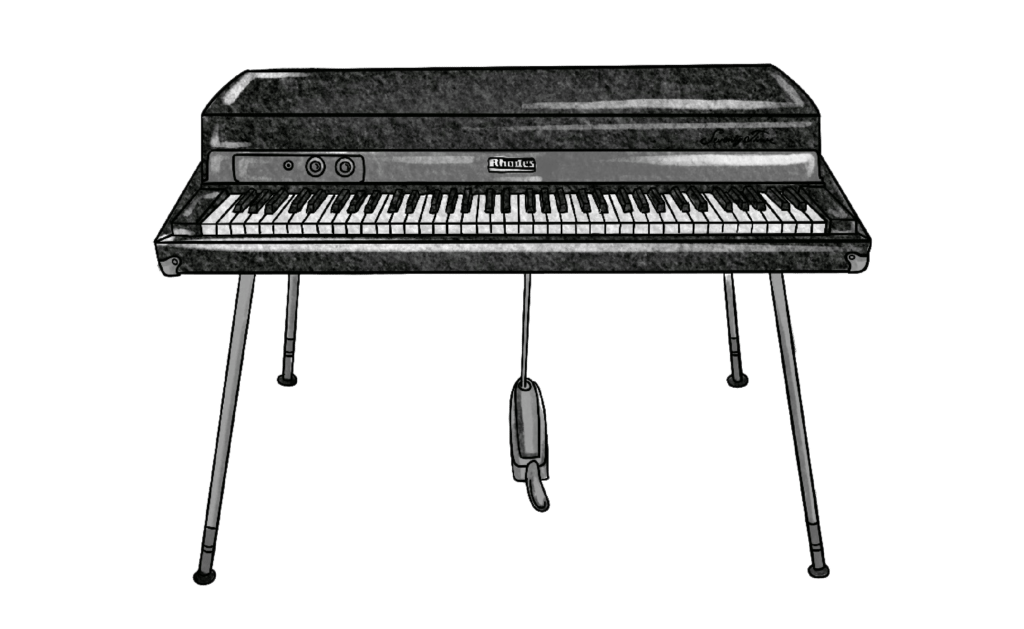
Since the days of Cristofori, numerous innovators have tried to make newer and better pianos. Here are some unique highlights:
Fender Rhodes
The Fender Rhodes is a pop music icon. Its sound can be found on the recordings of world-class artists like Chick Corea, Herbie Hancock, and the Doors. Originally designed for World War I veterans by Harold Rhodes, this early electric piano uses pick-ups like an electric guitar to generate its unique sound.
Klavins 450
A tall, vertical instrument that looks more like a loft than a piano, the Klavins Model 450 was created for the first Piano Day in 2015. Nils Frahm then improvised eight motifs on the 450 that would later form the basis of his album Solo.
Wurlitzer Pianos (The “Wurli”)
The other big name in 20th-century electric pianos was Wurlitzer. The Wurlitzer company had previous experience building acoustic pianos, so its action was a little more sophisticated than the Rhodes’. Artists associated with the Wurli sound include Supertramp, Ray Charles, and Marvin Gaye. Whereas the Rhodes piano uses tines to produce sound, the Wurlitzer uses reeds.
Bösendorfer Imperial
Bösendorfer is a pre-eminent piano brand, and its very expensive Imperial is a unique instrument on its own. The 290 model features 97 keys instead of the standard 88 along with a uniquely resonant bass sound.
Klavins Una Corda
Created by the same people as the 450, the Una Corda has just one string per note. This creates a uniquely soft, dreamy sound. The piano also has no cabinet, allowing players and audiences to see what goes on inside the instrument’s body.
Fazioli Pianos
The Fazioli company is a relatively new one, having come about in the 1970s. It has since become one of the world’s top piano brands alongside Steinway and Yamaha, which is an incredible feat considering how established and historical those brands are. Fazioli is famous for its uniquely designed pianos custom built for architectural spaces. The Pianote team was lucky to try a few during our Showcase Pianos visit.
We hope you had fun nerding out on the history of pianos this Piano Day. To learn more about this awesome instrument, check out performances of the piano’s ancestors to get the full experience of each instrument. Here are some things to explore:
Happy listening, learning, and practicing!
Charmaine Li is a Vancouver writer who has played piano for over 20 years. She holds an Associate diploma (ARCT) from the Royal Conservatory of Music and loves writing about the ways in which music—and music learning—affects the human experience. Charmaine manages The Note. Learn more about Charmaine here.
/marketing/pianote/promos/april/banner-bg-m.webp)
We use cookies for traffic data and advertising. Cookie Policy »
/marketing/pianote/promos/april/banner-title.webp)